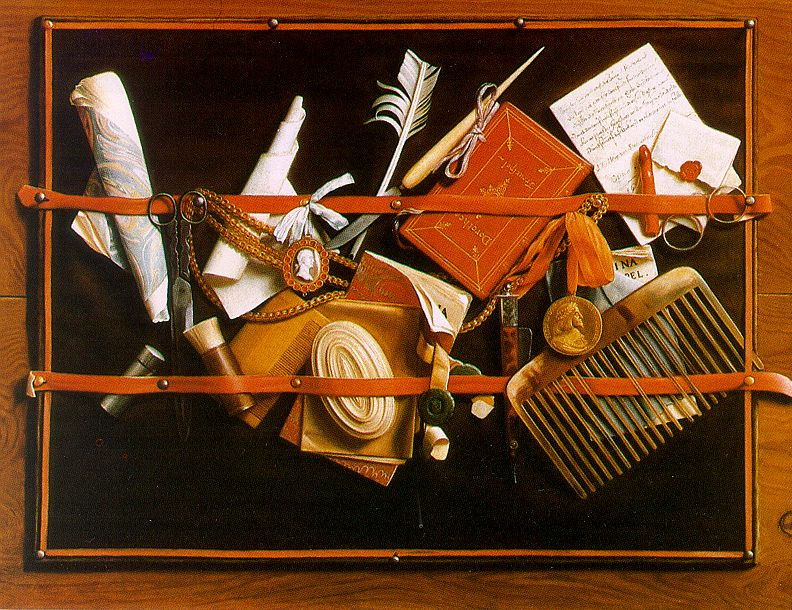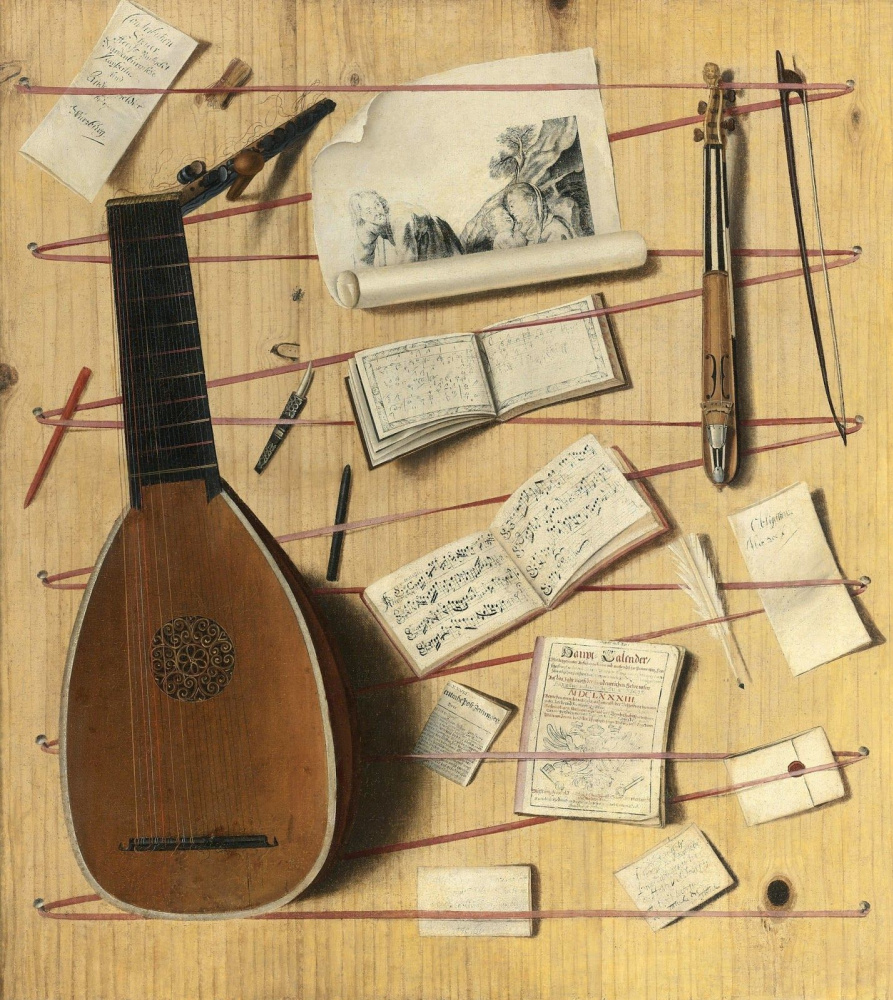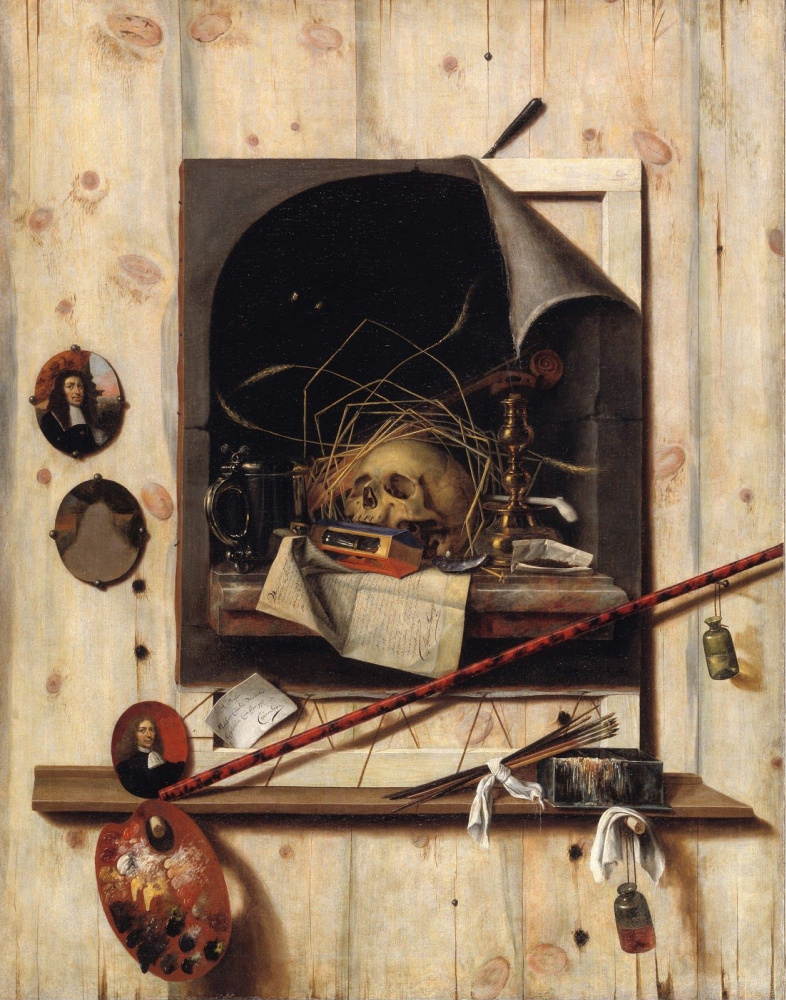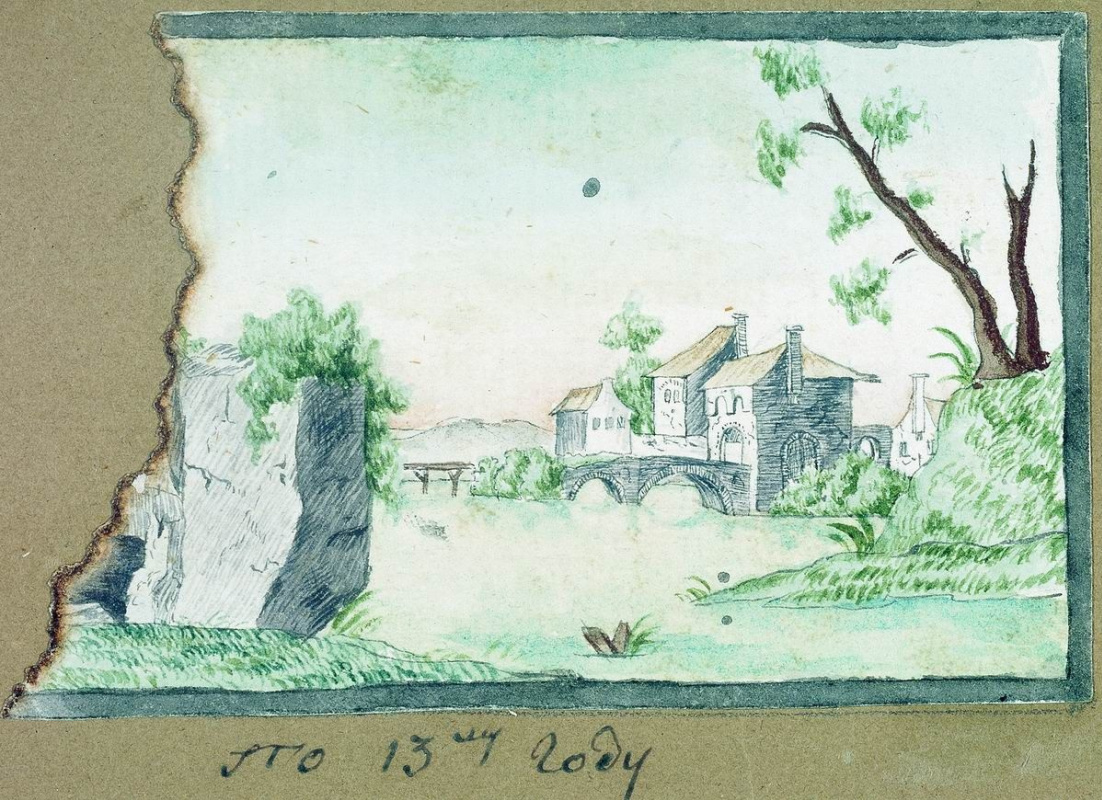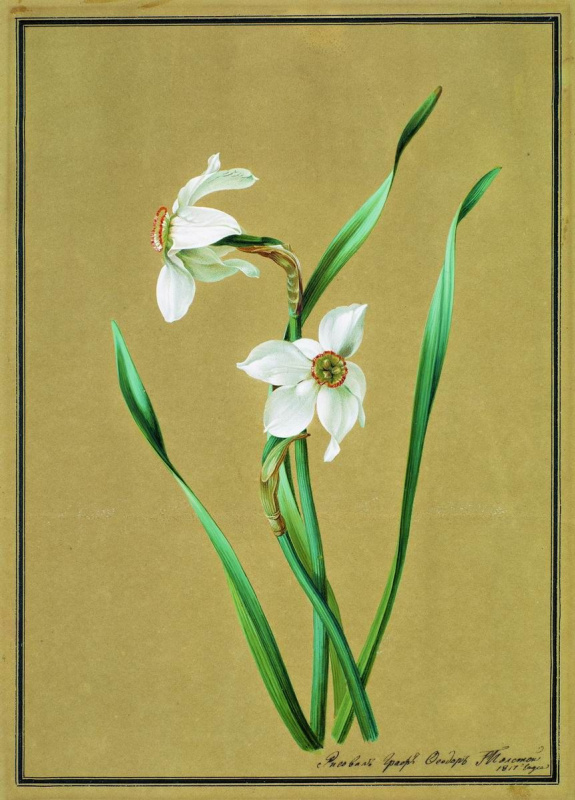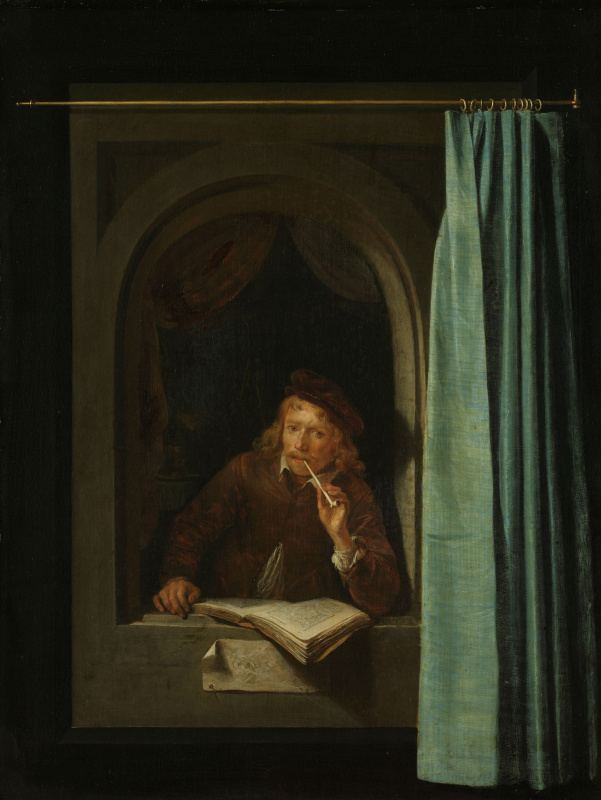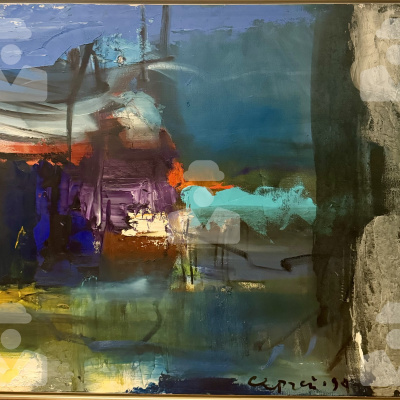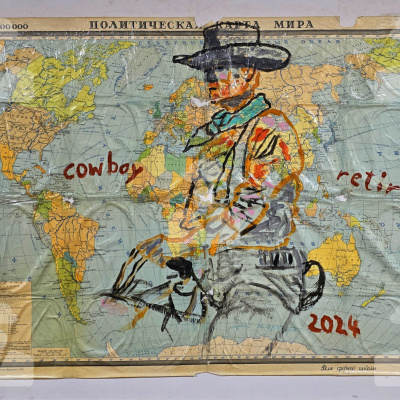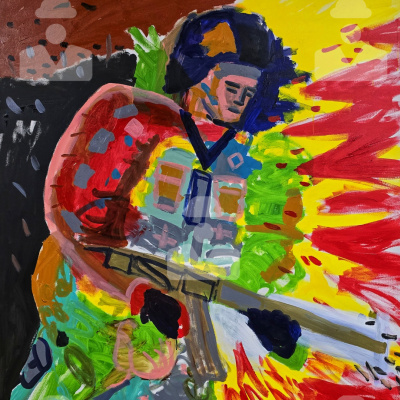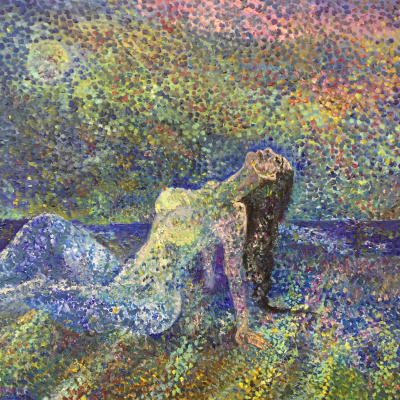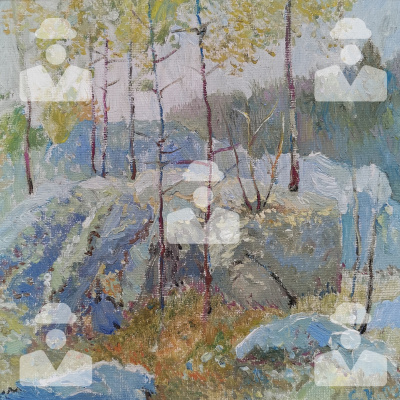Trompe-l'oeil, or an illusion is technique by which artists show "a trick" creating a three-dimensional reality on a plane. These paintings are coming out of canvas or, on the contrary, you are drawn to get into them yourselves. The familiar and trendy deception: street art, sketching … Meanwhile, this art is not that new.

Samuel van Hoogstraten: what is Rembrandt’s student capable of?
Hoogstraten, the eldest of seven children in the family, was fond of painting since childhood. Initially he took lessons from his father, then — from Rembrandt. In his workshop Samuel got acquainted with his collegue Carel Fabritius, who carried him away with optical illusions. So the artist fell in love with trompe-l'oeil.
Petrus Christus (1410-1475): Portrait. It's serious!
"Trompe-l'oeil" part of painting is a wooden frame, which is actually painted.
In Bruges, the master worked hard. The student of Jan van Eyck has repeatedly helped an old master with commissions and got his studio in the inheritance. Besides the main mentor, Rogier van der Weyden and Robert Campin also influenced the Christus` style.
A Goldsmith in his Shop (Saint Eligius)
1449, 100.1×85.8 cm
Cornelis Norbertus Gijsbrechts (ca 1630 - 1683): the King's court painter-"deceiver"
Trompe l'oeil with a mandolin, sheet music, etc
XVII century, 107×96 cm
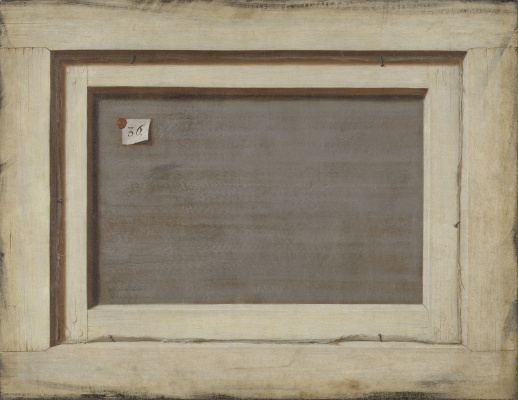
This Flemish painter came from Antwerp, loved still-life and trompe l’oeil, and amazed the Kings with his ability to paint as much as possible similar to the reality. Cornelius was the court painter of two Danish kings, Frederik III and Christian V.
Foto: "Trompe l’oeil. The Reverse of a Framed Painting" (1670, Copenhagen, National Gallery of Denmark). Pinocchio precisely tried to stick his nose in this work
Trompe L'oeil Vanitas
1668, 152×118 cm
Johann Heinrich Fuseli (1741-1825): not only nightmare
The former pastor, who became a famous artist — what paintings to be expected from such a man? Only extraordinary and inviting ones.
A print of Fuseli's "The Nightmare" displayed in Freud’s Vienna apartment. The artist loved all the mystical, grim and was not averse to watch the mind games — it is no wonder that father of psychoanalysis liked his paintings.
A print of Fuseli's "The Nightmare" displayed in Freud’s Vienna apartment. The artist loved all the mystical, grim and was not averse to watch the mind games — it is no wonder that father of psychoanalysis liked his paintings.
Snag
36×49 cm
Trompe l’oeil is particularly amazing live: it is important to look at it from the right angle.
Fuseli was close friend of poet and artist William Blake, he was not afraid to look into the eyes of human fears and generally was considered as the main innovator in the art of his era. But at the same time he respected the substantial, classic approach: he knew art history and mythology well, he studied antiquity and borrowed severity of forms from past eras.
Pere Borrell del Caso (1835 - 1910): escaping criticism
The Catalan artist was born in the north of Spain, near the Pyrenees. He loved to paint landscapes and religious themes, but also surprised the audience with innovative paintings. He had twice the opportunity to become the head of the large school of painting in Barcelona, but instead he created his own private art school.
On the photo — an actual picture how to deal with the opinion of those who always dissatisfied with everything
On the photo — an actual picture how to deal with the opinion of those who always dissatisfied with everything

Pere Borrell del Caso "Escaping criticism" (1874, Collection of the Bank of Spain, Madrid)
Juan Sánchez Cotán: lively!
Cotan, one of the founders of the Spanish Realism
, painted still lifes and portraits in Toledo for many years, and then left everything and became a novice at the monastery. Tiredness from the worldly vanity brought the artist back to where he’s got a lot of time to improve his skills. What is about cucumber? It is as lively, isn’t it?
Still Life with Quince, Cabbage, Melon, and Cucumber
1602, 68.9×84.5 cm
Helium Korzhev (1925-1012): what about some tea
Helium Korzhev was a Russian painter, a representative of the "strict style". This new kind of Soviet realism
is typical of the 50s and 60s. "Strict" artists wanted to convey brutality their new characters and a new life on canvas. Basically, their characters are like Gosha from the film "Moscow Does Not Believe in Tears": sharp, obsessive and pushy. The expressive, dramatic works of Korzhev are separate from others. It’s enough to take a look at the photo from retrospective of his paintings, which was held at the Tretyakov Gallery.
And now we pay attention that Korzhev also painted and unusual still lifes.
And now we pay attention that Korzhev also painted and unusual still lifes.
Fyodor Tolstoy (1783−1873): all for queens
Count Tolstoy was making money for his creative experiments from painting "utilitarian", but impressive trompe l’oeil and still lifes. The artist made so many copies of his watercolor "Berries of red and white currant" (1818) that he joked: "My family eats only currant!". They say his works were ordered by the Empress Maria Feodorovna (wife of Alexander III).
The Count became famous not only by his talent, but also wayward, extraordinary manners and passion for travels.
And finally: who set up this whole thing?
According to legend: the best Greek painters of the VI century BC Zeuxis and Parrhasius had a bet who of them would paint the wall of the temple better. The painters staged a contest to determine the best painting. When Zeuxis unveiled his painting of grapes, they appeared so real that birds flew down to peck at them.— It's your turn, lift the curtain! — said the satisfied artist to his opponent.
— I can’t, — Parrhasius said, — the curtain is the painting itself!
It was the presentation of the first trompe l’oeil. Later, artists began to use this technique to visually expand the space: they painted niches on the walls, windows and other details.
Gerrit Dou. "Self Portrait" (c. 1650)
In the shop from a traders poultry
1670, 58×46 cm
The title illustration: Cornelis Saftleven "A Cat Peeping Through A Fence".






